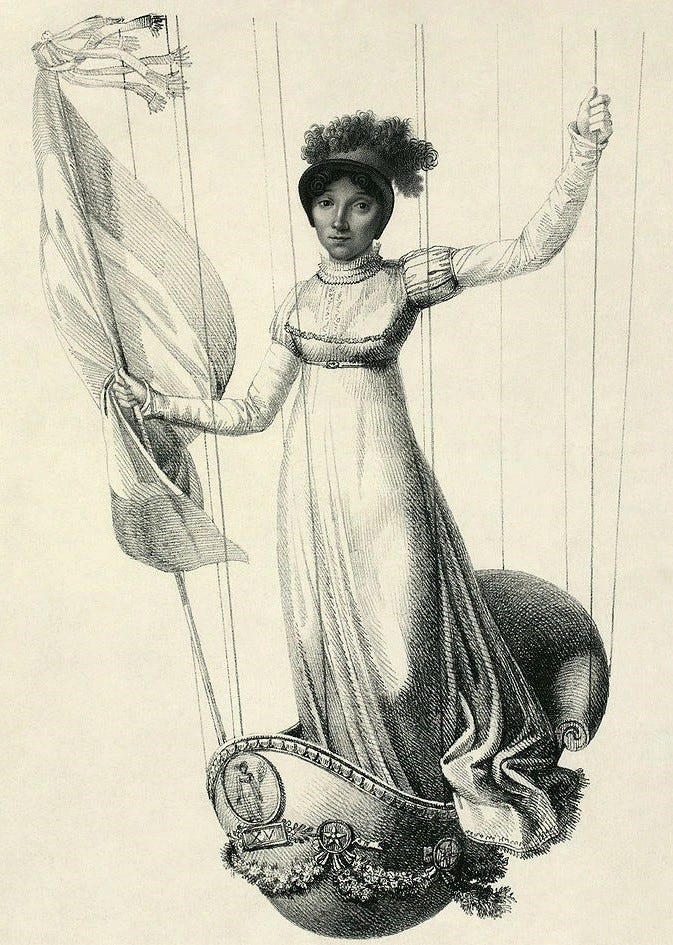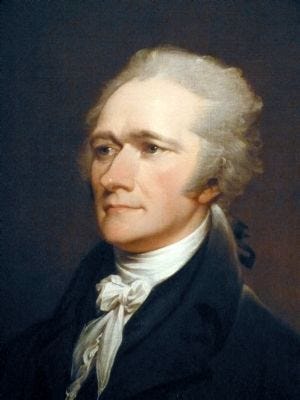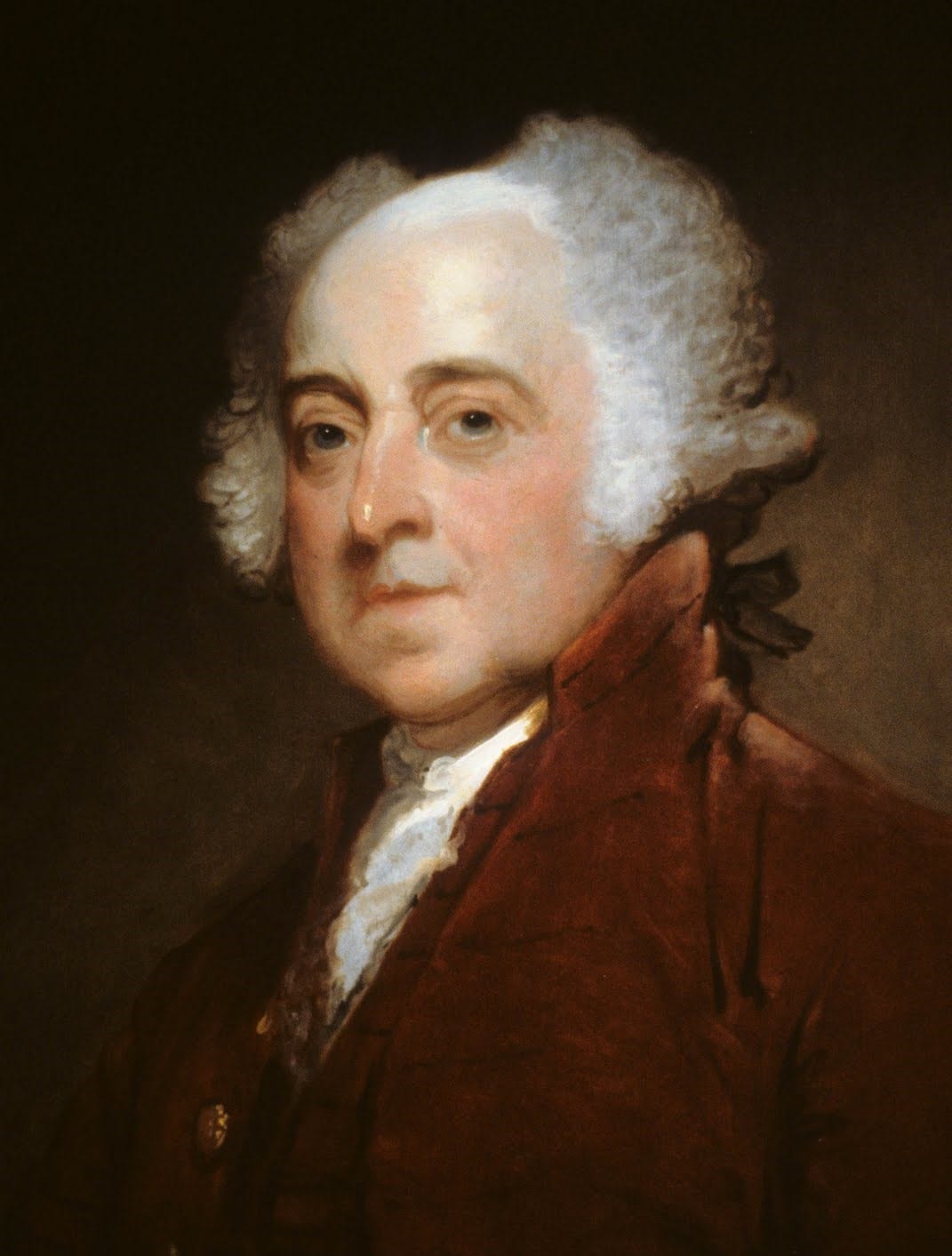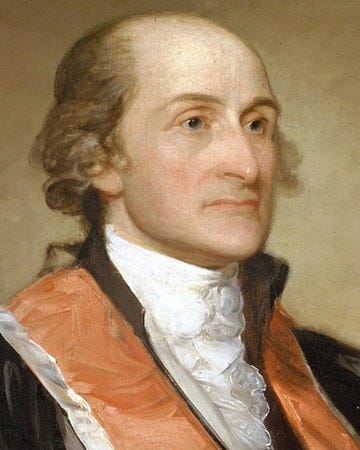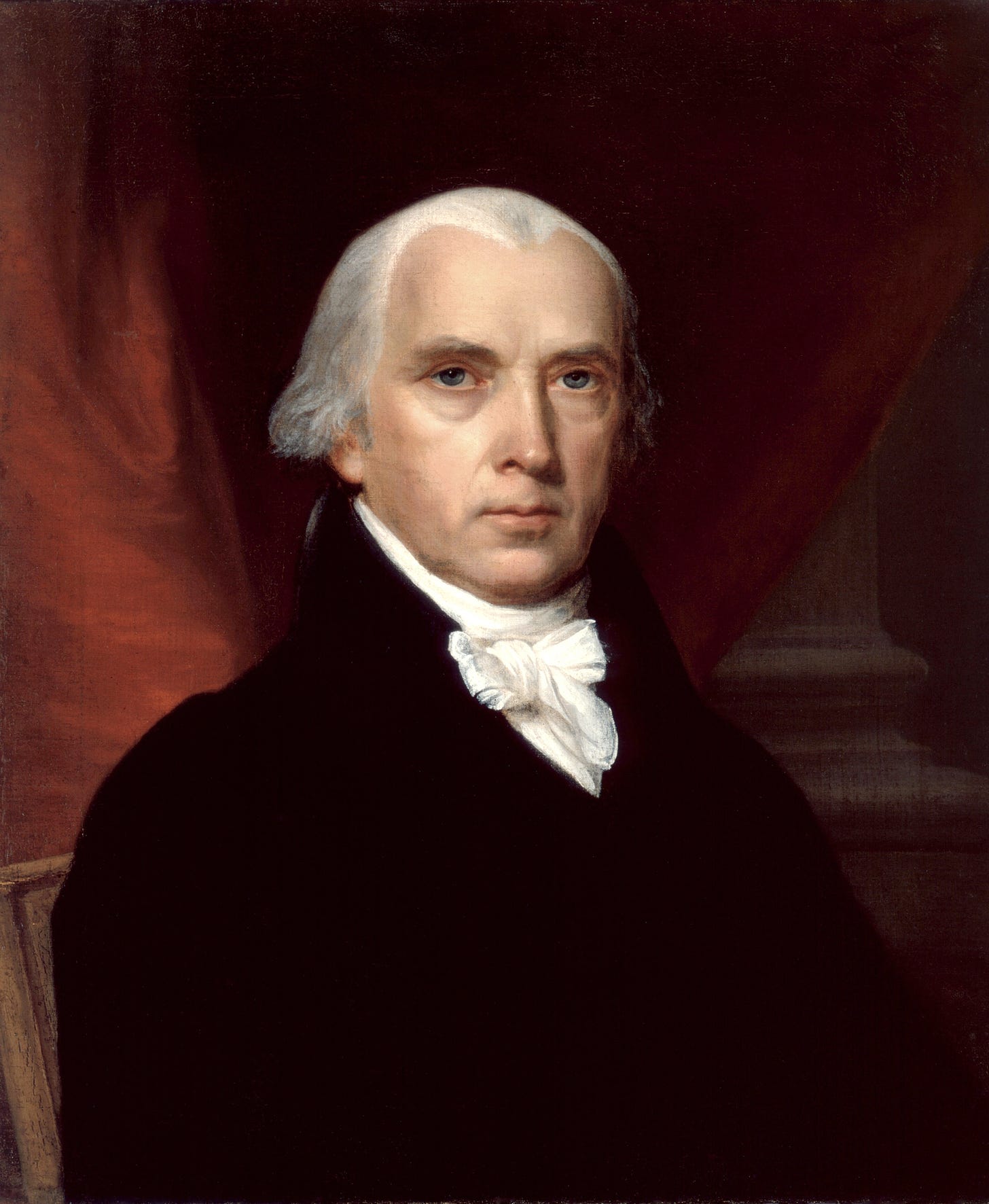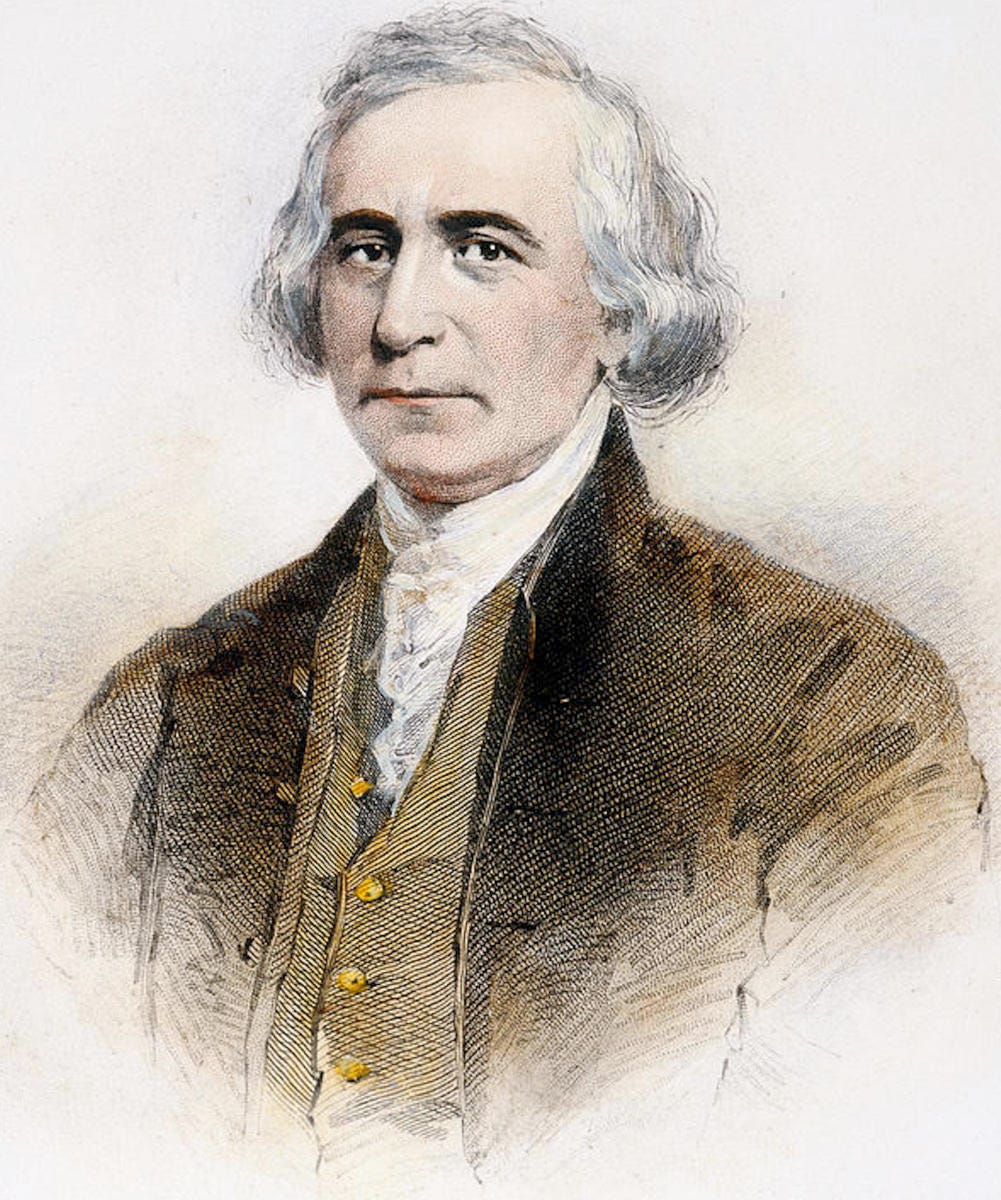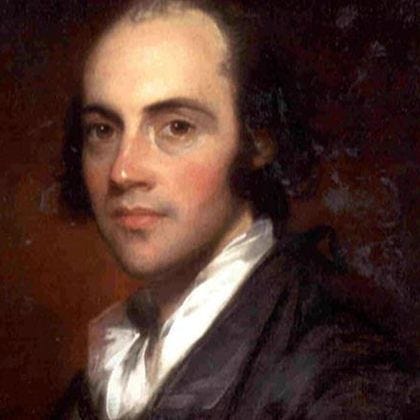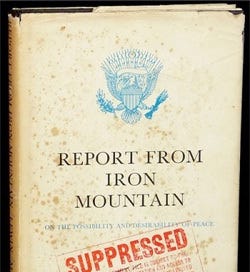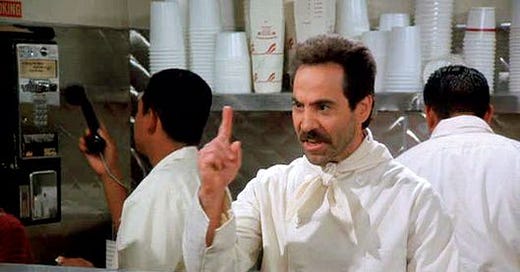

Discover more from Frederick R. Smith Speaks
First Flight 1793 and the Finest Part 4 - Historical Reflection
The story of the First Flight is worthy of a non-fiction motion picture. Blanchard’s inventive life in France leading up to his 45th flight and return to his homeland is a fascinating study.
Part 4 - Historical Reflection
The story of Jean-Pierre-François Blanchard First Flight in America is worthy of a non-fiction motion picture. His inventive life in France leading up to his 45th flight in Philadelphia in 1793 and return to his homeland is a fascinating study. At the time, an intense interconnected political rivalry existed in the United States. John Adams and others worried over the Francophile aspect of public enthusiasm. “Blanchard,” he said, “today is to set all the world upon a broad stare at his balloon.” The Vice-President wished “H[amilton?] would make it an interlude and send him back to Europe.” In New England, staunch Federalists scoffed at the ascension as a “cheap” performance.
John Adams was a member of the first political group, the Federalist Party. Under Alexander Hamilton, it dominated the national government from 1789 to 1801. Defeated by the Jeffersonian Republicans in 1800, it became a minority party while keeping its stronghold in New England. It made a brief resurgence by opposing the War of 1812. The party appealed to those who favored banks and national over state government. It promoted manufacturing, an army, and a navy. In world affairs, it opposed the French Revolution.
Alexander Hamilton, Secretary of the Treasury at the time, was one of the more notable Federalist figures. He likely saw Blanchard’s flight, thus providing a unique window into the surrounding intrigue. The Federalists convinced the Washington administration to assume national and state debts. Likewise, under Hamilton’s influence, it passed tax laws and created a central bank. These moves saved the fledgling country from poverty and even destruction. In foreign policy, Federalists generally favored England over France. Hence, the disdain of Blanchard, as noted above by John Adams.
At the end of the 1790s, an undeclared war with France existed. Enacted by the Federalists, the Alien and Sedition Acts suppressed the pro-France faction. The Republicans opposed this action and considered it a dangerous intrusion on free speech rights.
By the time Alexander Hamilton died on the dueling grounds of Weehawken, New Jersey, on July 11, 1804, the power of the Federalist Party was in decline. Federalism was born in 1787, when Alexander Hamilton, John Jay, and James Madison wrote the Federalist Papers. These documents encouraged Americans to adopt the Constitution and its stronger central government.
The Federalists feared and hated Thomas Jefferson. But partly due to infighting, they could never organize successful opposition. A last great hope—that the New England states would secede and form a Federalist nation—collapsed. But, Jefferson won a landslide reelection in 1804, thanks to the Louisiana Purchase. Alexander Hamilton had little power and no choice but to meet Aaron Burr (Vice President) on the dueling ground. He hoped to revive his political career. Each man took one shot, and Burr’s shot killed Hamilton, while Hamilton’s bullet missed. Burr’s bullet entered Hamilton’s abdomen above his right hip, piercing Hamilton’s liver and spine. Burr fled to South Carolina, where his daughter lived with her family. He soon returned to Philadelphia and later to Washington to complete his term as vice president. Burr avoided New York and New Jersey for a time. Later, officials dropped the charges.
Today the Republican party is more in line with the Democratic-Republican decentralization platform. The below video clip from “John Adams” is a splendid reflection. It shows how the centralist ideals of the Federalists have transitioned into the Democratic party of today.
The Democratic-Republican Party is also called the Jeffersonian Republican Party. It is also known as the (old) Republican Party or Jeffersonian Republican. It opposed the Federalists’ policies of Alexander Hamilton, favoring a strong central government. Founded by James Madison and Thomas Jefferson in the early 1790s, it championed a republican form of government. It also promoted agrarianism, political equality, and expansionism. They feared the supposed aristocratic tendencies of the Federalists. During the 1790s, the party opposed Federalist programs, including the national bank.
After the War of 1812, many party leaders and Madison accepted the need for a national bank. They also embraced federal funds for infrastructure projects. The party advocated western expansion in foreign affairs and favored France over Britain. The party’s pro-French ideology faded after Napoleon took power.
Philip Freneau, whose pen had long been active in commenting on public affairs in Philadelphia, was delighted with the opportunity to discomfort his Federalist rivals. He praised Blanchard, the famous citizen of the new Republic of France:
What cannot her courage and genius attain? First in arms, fierce in liberty, now she was adding laurels of science to her crown. Let Britain control the seas; France would own the air! Then, again in playful prognostication.
The Republicans believed in state autonomy and individual freedoms. They feared the concentration of federal power under George Washington and John Adams. Federalists represented a threat to liberty. In foreign policy, the Republicans favored France, which had supported the Colonies. Thomas Jefferson won the election to the presidency along with Aaron Burr as vice president in 1800.
The Republican-Democratic party, which would hold power until 1825, is the direct ancestor of today’s Democratic Party. Today the Democratic party is more in line with many of the centralization tenants of the old Federalist platform.
In all probability, the entire government saw Blanchard’s flight. The more notables include the above figures captioned with their 1793 government title. For a final tribute to the witnesses, John Adams (2nd President, 91 years old) and Thomas Jefferson (3rd President, 83) died on July 4, 1826. That extraordinary event occurred on the 50th anniversary of the signing of the Declaration of Independence. It was also 33 years after the First Flight. Though Jefferson had died five hours earlier, Adams’ last words were, “Thomas Jefferson still survives.”
Part 5 - “First and Finest,” details the ballooning efforts by Stephen R Moylan in honor of George Washington, General Moylan, and Blanchard.
Author and publisher, Frederick R. Smith





